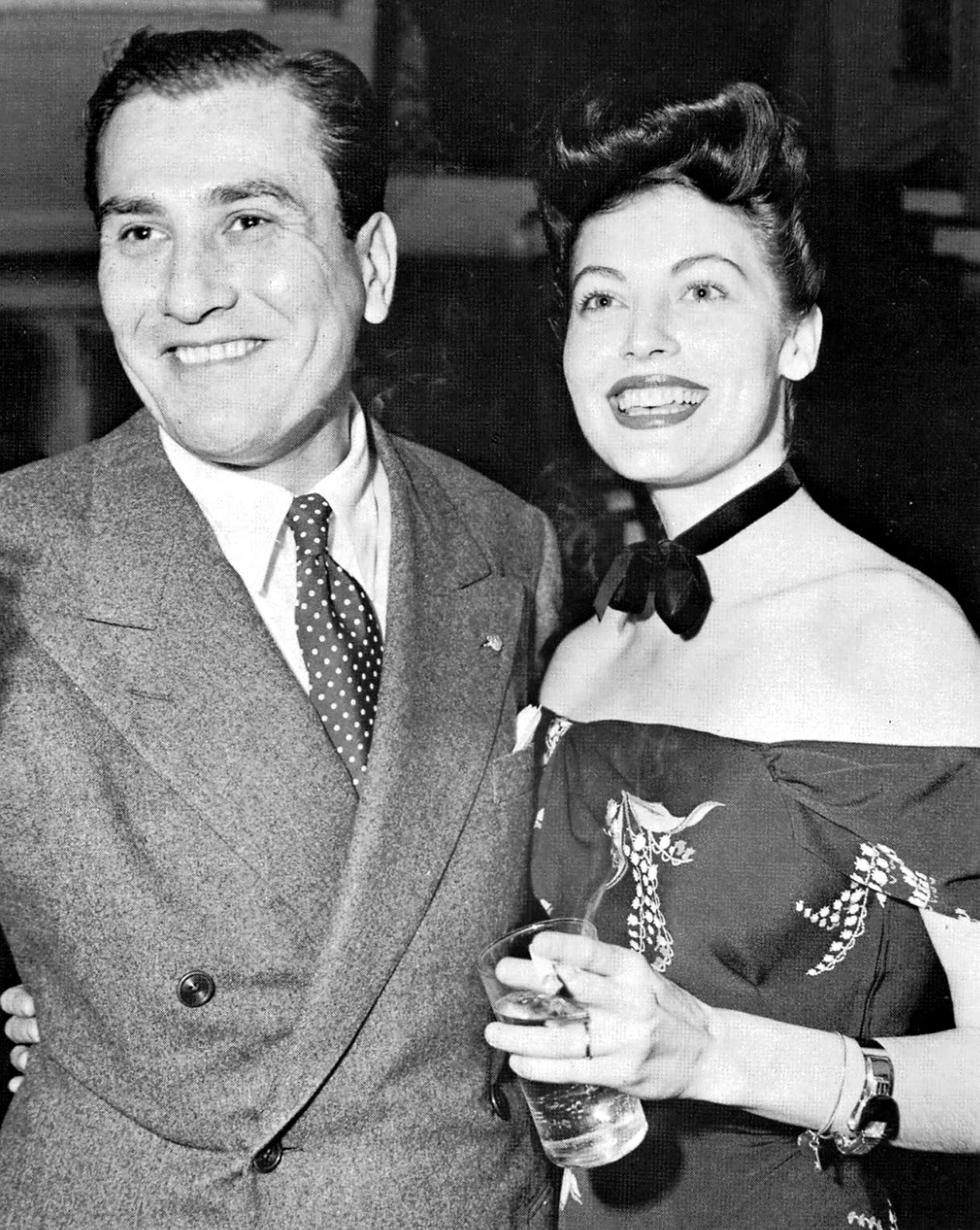Cultural Resonance
Artie Shaw's "Begin the Beguine" is an iconic 1940s song that epitomizes the big-band era. Released during a time when swing music dominated the airwaves, this track stands out due to Shaw's masterful clarinet performance and the lush orchestration that accompanies it. Its release marked a turning point in Shaw's career, propelling him to new heights of fame and establishing the song as a staple in the jazz and swing genres.
Historical Context
This piece was originally composed by Cole Porter in 1935, but it was Shaw's version that captured the public's imagination. At a time when America was seeking solace and joy through music amidst the shadows of World War II, "Begin the Beguine" offered a sense of escapism and sophistication, with its intricate arrangements and emotive melodies.
Intriguing Details
An interesting fact about this song is that it was initially considered too long for radio play, yet its popularity defied conventional radio norms. Shaw's rendition clocks in at over three minutes, a duration that was unusually long for the era, yet it captivated audiences, proving that quality musicianship could transcend standard formats.
Enduring Legacy
The cultural impact of "Begin the Beguine" is evidenced by the numerous cover versions recorded over the decades, including interpretations by artists like Frank Sinatra and Julio Iglesias. These renditions highlight the song's timeless appeal and its ability to adapt across different musical styles and eras. Today, the track remains relevant as a quintessential example of swing and big-band music, celebrated for its artistic excellence and enduring charm.



Comments (0)